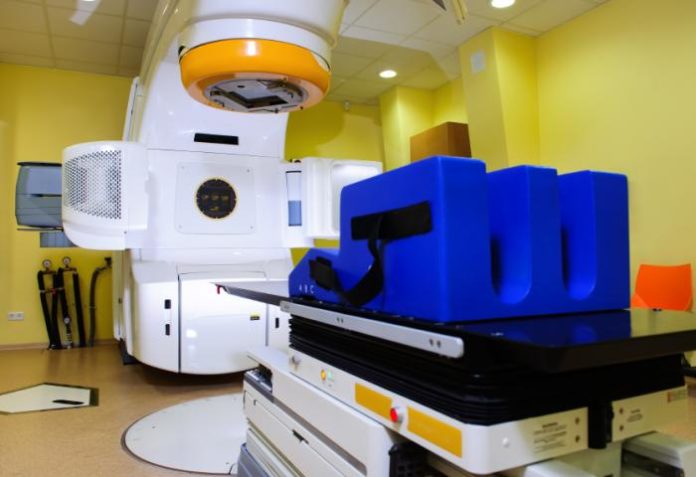
This was the conclusion of a trial led by Massachusetts General Hospital (MGH) in Boston and published in The Lancet Oncology.
Lead and corresponding author Torunn Yock – director of pediatric radiation oncology at MGH, and an associate professor of radiation oncology at Harvard Medical School in Boston, MA – says:
“Our results indicate that proton therapy maintains excellent cure rates in pediatric medulloblastoma while reducing long-term side effects, particularly in hearing and neurocognitive function, and eliminating cardiac, pulmonary, gastrointestinal and reproductive effects.”
Medulloblastoma is a fast-growing brain tumor that occurs mostly in children and accounts for 18% of childhood brain tumors. It develops in the cerebellum at the base of the brain.
In most cases, medulloblastoma can be treated successfully with a combination of surgery, chemotherapy and radiotherapy, but because of its position in the brain, the treatment often results in long-term side effects.
Less collateral damage to healthy tissue
The aim of radiotherapy is to kill all malignant cells to eliminate the tumor and stop it growing back. While conventional photon radiotherapy based on X-rays can do this, there is a high risk of collateral damage because the beam – although it is directed at the tumor – also delivers radiation to tissue in front and behind it.
Such damage may not make a big difference if there is plenty of surrounding tissue whose loss does not impair function. But in the brain – particularly in the brain of a child – every tiny bit of healthy tissue counts and any loss is more likely to impair important functions.
Proton therapy – also known as proton beam therapy – uses a proton beam, with which it is possible to more precisely confine radiation to the tumor. The result is a much smaller chance of killing healthy surrounding tissue.
The following video from IBA – a company that manufactures medical devices for cancer treatment – explains how proton beam therapy works:
Prof. Yock explains that although proton therapy is still not widely available in the US and other countries, more and more doctors value its potential for reducing treatment side effects, particularly in children, and at “experienced centers,” she notes, “proton therapy has a proven track record of treatment success and safety.”
However, while proton therapy is valued because it appears to reduce adverse side effects, the authors note that nobody had actually done a long-term follow-up of children treated for medulloblastoma with proton therapy.
So for their trial, the team enrolled 59 patients of average age 6.5 years – ranging from 3-21 – who underwent proton therapy for medulloblastoma at the MGH between 2003-2009 following surgery to remove as much of the tumor as possible. All patients had also received chemotherapy before, during or after proton therapy.
At the start of the study and at follow-up visits, the investigators measured the patients’ hearing, mental function, hormone levels, height and weight. Thirteen patients died over the follow-up, which lasted up to 8 years.
Survival rates similar, but side effects reduced
When they analyzed the results, the researchers found that survival rates and the incidence and type of tumor recurrence were similar for the proton therapy patients to what has been reported for photon radiotherapy in other studies.
However, there were reductions in side effects. For example, 3 years after treatment, 12% of patients had significant hearing loss, and this proportion increased to 16% at 5 years. These figures compare favorably with the 25% reported in studies using photon radiotherapy, the authors note.
The impact of proton therapy on some mental functions – such as verbal comprehension and processing speed – was also less serious than that reported with photon radiotherapy. The authors note that these effects occurred primarily in children who were 8 years old or under when they received proton therapy.
Effects on hormone levels were comparable to what has been reported with photon therapy, with 63% of patients showing deficits in any hormones 7 years after treatment.
But a significant result is the absence of any heart, lung, intestinal, seizure or secondary tumor effects in the proton therapy patients. All these side effects have been reported in photon therapy studies.
The authors conclude that because their findings show proton radiotherapy has “acceptable toxicity” and has similar survival outcomes to conventional radiotherapy, it could be an alternative to photon-based treatments.
The team is now studying the quality-of-life differences between proton and photon treatment, but Prof. Yock nonetheless says:
“I truly believe that – particularly for the youngest children – the ability to offer them proton therapy can make a big difference in their lives.”
